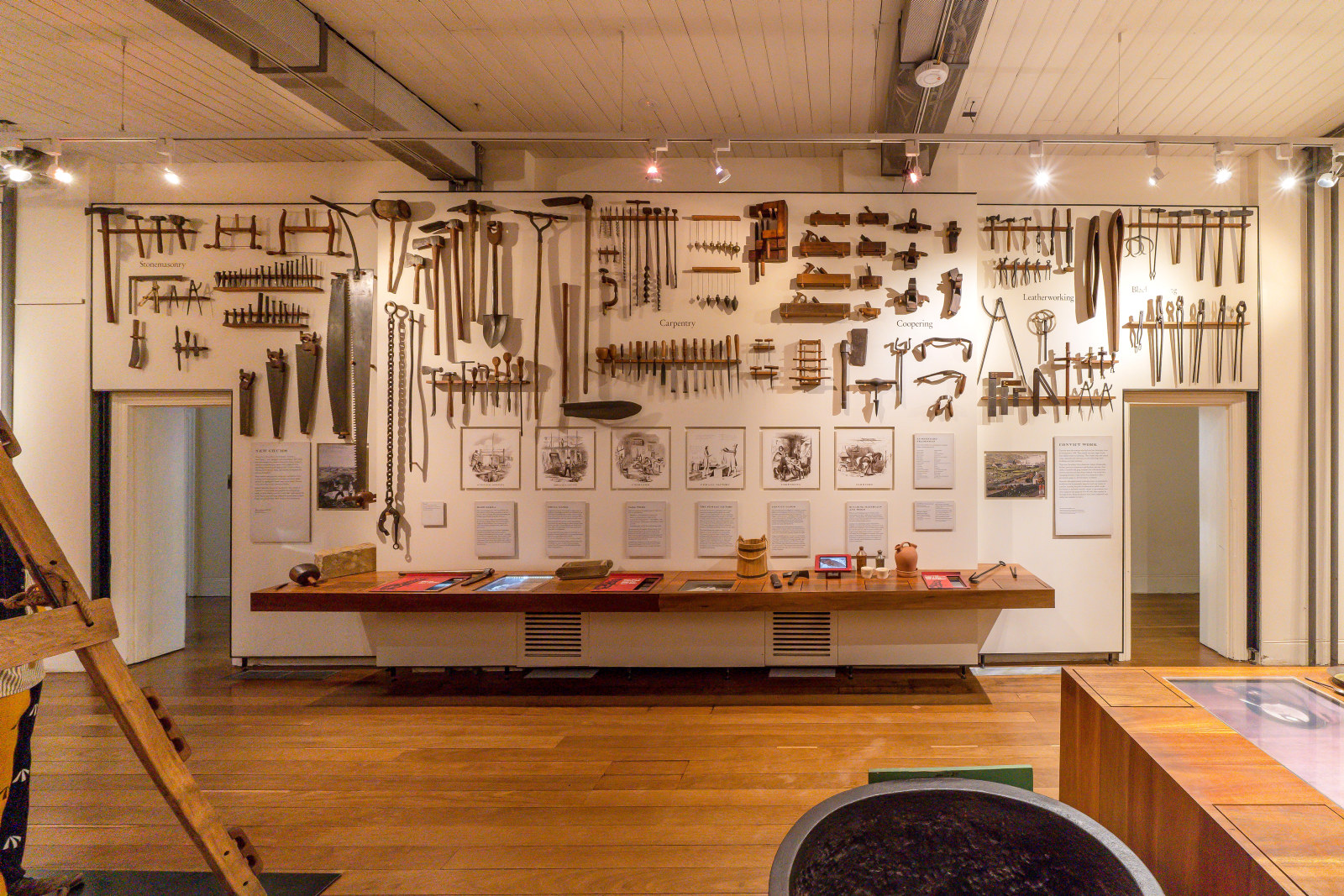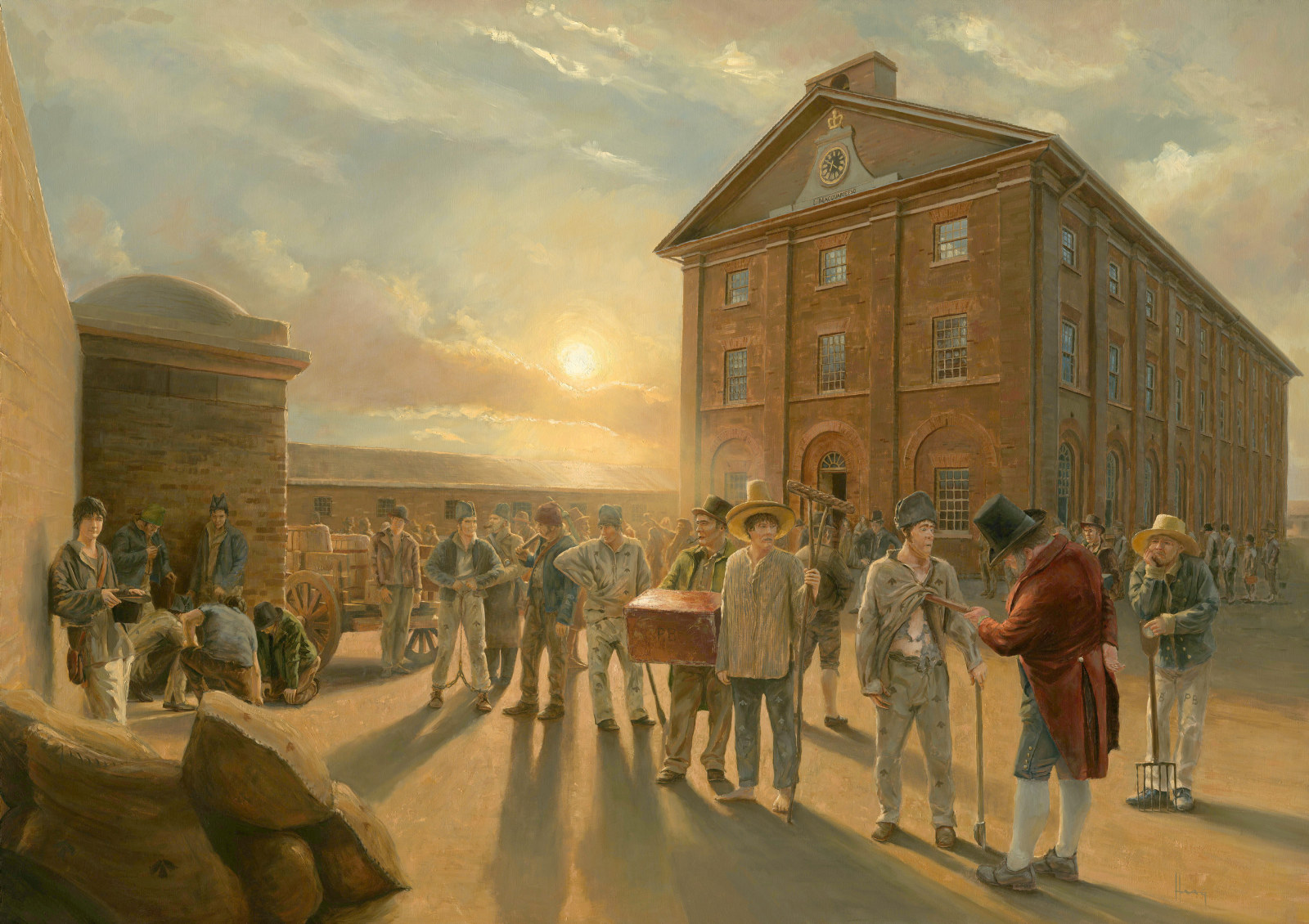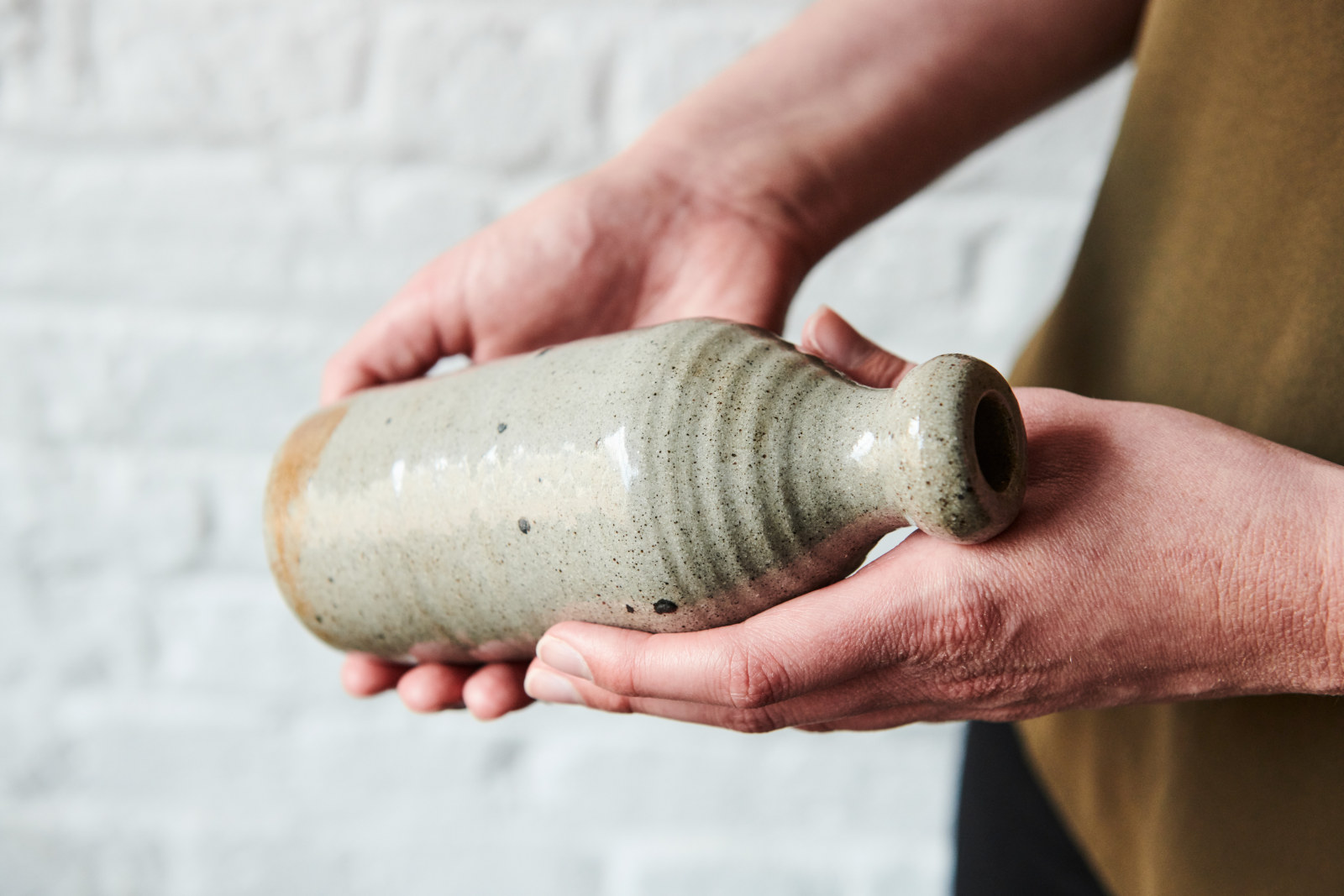Convict gaming tokens
1819–1848
These bone, ceramic, and wooden gaming tokens were found by archaeologists at Hyde Park Barracks beneath the floors, and appear to have been hand-carved by convicts from rubbish scraps and animal bones saved from their meals. Gambling with coins was common among convicts, but how were these gaming tokens used? Perhaps they were counters for chess, draughts, Nine Men’s Morris, or tic-tac-toe, or another sort of game where these pieces represented individual players. Maybe they were tokens used in swindler’s sleight of hand tricks such as the shell game, or in pitch-and-toss games where the counters stood in for pennies. Gambling was banned at the Barracks and punishable by a stint in the solitary confinement cells, but still seems to have been a popular pastime. In the convict ‘flash’ slang language, the term cleaned out referred to a gambler who lost the money he staked in the game. One convict, William Ockenden liked to make money by gambling - listen to what the judge said about him in court [link].
I made a sweep one night of eight or nine pounds which was staked … but I have been told they often played for twenty pounds … the game was up the minute they saw me, and they cut into their hammocks, then they put out the light, and I had to look sharp and depend upon my own.
Deputy Superintendent Timothy Lane, Select Committee on Security of Life and Property 1844.8
Published on
Related

Convict Sydney
Objects
These convict-era objects and archaeological artefacts found at Hyde Park Barracks and The Mint (Rum Hospital) are among the rarest and most personal artefacts to have survived from Australia’s early convict period

Convict Sydney
Convict Sydney
From a struggling convict encampment to a thriving Pacific seaport, a city takes shape.

Learning resources
Explore our range of online resources designed by teachers to support student learning in the classroom or at home